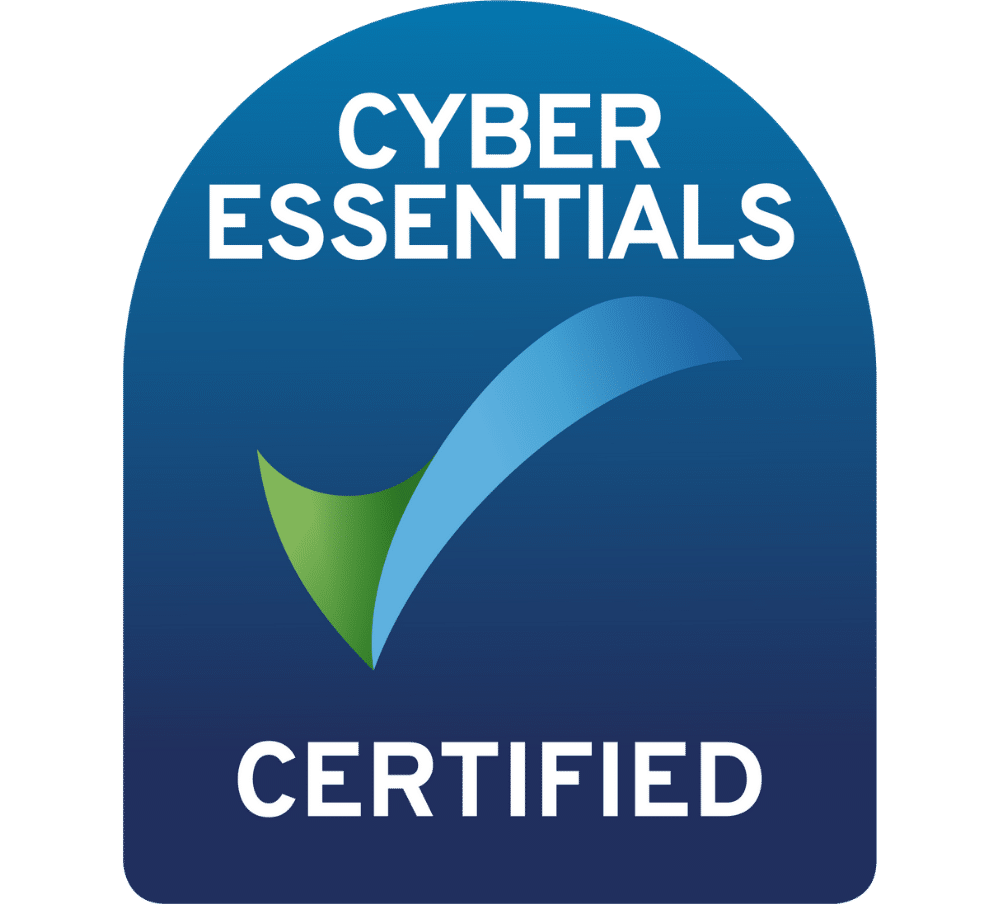Customer acquisition is the process of attracting and converting new customers for a business. It is a crucial aspect of business growth and sustainability, as acquiring new customers helps to offset the natural churn that occurs when some customers leave or stop using a product or service.
How is the Customer Acquisition Rate Calculated?
Customer acquisition cost (CAC) is the total cost that a business incurs in order to acquire a new customer. It is a key metric for evaluating the efficiency and profitability of a business’s customer acquisition efforts.
To calculate CAC, you need to first identify all of the costs associated with acquiring a new customer. These costs can include:
- Marketing expenses: This includes any advertising, promotional, or marketing efforts that are specifically aimed at attracting new customers.
- Sales expenses: This includes the cost of sales personnel and any commissions or bonuses paid to them for acquiring new customers.
- Website and other technological costs: This includes the cost of maintaining a website or other online presence, as well as any tools or software used to facilitate the sales process.
- Miscellaneous costs: This can include any other costs associated with acquiring new customers, such as market research or consulting fees.
To calculate CAC, you would add up all of these costs and divide the total by the number of new customers acquired over a given period of time (e.g. month, quarter, year). For example, if a business spent £10,000 on marketing efforts and acquired 100 new customers in a month, its CAC would be £100 (£10,000 / 100 customers).
It is important to note that CAC should be measured over a specific time period, as it can fluctuate based on changes in marketing and sales efforts. Comparing CAC to the lifetime value (LTV) of a customer can also provide valuable insight into the long-term profitability of customer acquisition efforts. LTV refers to the total amount of revenue that a customer generates for a business over their lifetime as a customer. If LTV is significantly higher than CAC, it may indicate that the business’s customer acquisition efforts are paying off in the long run.
In summary, calculating customer acquisition cost involves adding up all of the expenses associated with acquiring a new customer and dividing that total by the number of new customers acquired over a specific time period. Monitoring CAC and comparing it to LTV can help businesses evaluate the efficiency and profitability of their customer acquisition efforts.
What is a good Customer Acquisition Rate?
The definition of a “good” customer acquisition rate can vary depending on a number of factors, including the industry in which a business operates, the size of the business, and the overall goals of the business. In general, a customer acquisition rate refers to the number of new customers that a business is able to acquire over a given period of time.
It is important to keep in mind that customer acquisition rates can vary significantly across industries. For example, a business in a highly competitive industry with a large target market may have a higher customer acquisition rate compared to a business in a niche market with a smaller target audience.
One way to gauge the success of a customer acquisition rate is to compare it to industry benchmarks or to the customer acquisition rates of similar businesses. This can help provide context and allow you to see how your business stacks up against competitors.
Another way to evaluate the effectiveness of a customer acquisition rate is to consider the cost of acquiring each new customer. If the cost of acquiring a new customer is significantly higher than the revenue that customer generates, it may not be a sustainable or profitable model in the long run.
Ultimately, the “goodness” of a customer acquisition rate will depend on the specific goals and needs of a business. By continuously measuring and analysing the effectiveness of customer acquisition efforts, businesses can make informed decisions about how to optimise their strategies and drive growth.
How can I increase Customer Acquisition Rates?
There are many different strategies that businesses can use to acquire new customers, ranging from traditional marketing techniques like advertising and direct mail to more modern approaches like content marketing and social media outreach.
One key element of successful customer acquisition is having a clear understanding of your target audience. This includes identifying their needs and pain points, as well as understanding how your product or service can solve their problems or improve their lives.
Once you have a strong understanding of your target audience, you can develop a customer acquisition strategy that speaks to their needs and desires. This may involve creating targeted marketing campaigns, building a strong online presence, or leveraging partnerships and collaborations to reach new customers.
Another important aspect of customer acquisition is building a strong value proposition. This means clearly communicating the benefits of your product or service, and how it is different from competitors. This can be done through marketing materials, sales pitches, and by highlighting customer reviews and testimonials.
Another effective technique for customer acquisition is to offer incentives or rewards to encourage new customers to try your product or service. This can include discounts, free trials, or loyalty programs.
Analysing Customer Acquisition
In addition to these strategies, it is also important to continuously measure and analyze the effectiveness of your customer acquisition efforts. This can help you identify which tactics are working well, and where there may be opportunities for improvement.
In conclusion, customer acquisition is a crucial aspect of business growth and sustainability. By understanding your target audience, developing a strong value proposition, and using a variety of tactics to reach new customers, you can effectively acquire and retain a strong customer base.







